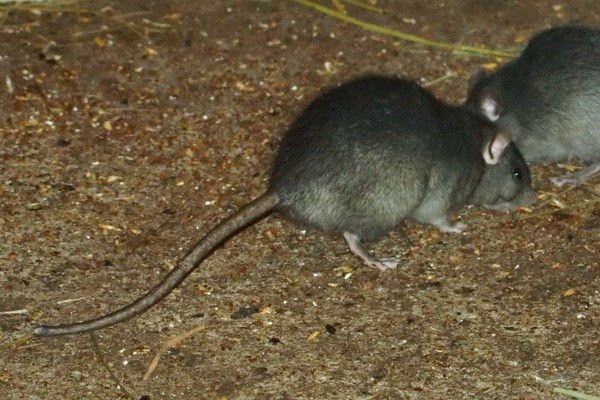The march of the mutant rats. It sounds like something Stephen King might write, but the rise in the numbers of huge rats immune from traditional rat poisons is anything but fiction. Can anything stop them getting into properties and people’s homes?
A non-return valve just might.
Rats over a foot long
With some of these rats living longer, they’re also getting bigger. Huge rats reaching measurements of 20 inches from the tip of the nose to the tip of the tail have been found, and these super-sized rats are strong, too. There have been reports of them chewing through brick and concrete to gain access to buildings
A recent research project undertaken by the University of Huddersfield tested rats’ immunity to the usual rat poisons in 17 counties and were shocked to find the rats were immune in every single case. This is a big worry because rats breed very quickly, they cause a lot of damage to property and carry diseases such as the bubonic plague.
Immune rodents
Resistance builds up over time due to the same types of poison being used over and over again. Higher strength poisons might kill the rodents, but they also pose a risk to those handling the powerful chemicals and people living at or near where the poisons are being used.
Unless new legislation is passed to permit the more widespread use of the more powerful poisons, these ‘super rats’ will proliferate. The only other options that involve the more physical methods of killing the rodents are more expensive as they take longer and are more labour-intensive.
Non return valves to the rescue?
Rats usually gain access to properties via the drains and sewers, and it may be that this is an area where they can be stopped – or at least make their task harder. This is how the non-return valve can help combat these fearsome rodents:
- A non-return valve is used to prevent water flowing back towards a property (‘backing up’). This can happen during periods of heavy rainfall and flooding. Since rats take the same route as when water backs up, it’s possible for non-return valves to keep them out along with the water.
- Some pest control companies now offer special non-return valve assemblies marketed as an ‘anti rat’ measure. There was a time when it would be necessary to dig up entire drain to fit a non-return valve, but nowadays in many cases fitting is much easier.
- All it takes is access to a manhole cover where the property connects to the main drain, and the valve assembly can be fitted here quickly and easily.
- A variation on this is what one pest control firm calls the ‘rat flap.’ This is similar to a non-return valve but is effectively a flap in line with the pipe that allows water to flow away from the property, but won’t allow rats to move up the pipe towards the building.
So is the mutant rat defeated?
Obviously prevention is better than cure, and the non-return valve can stop these rodents – whether the gargantuan mutant type or the ‘normal’ size variety – accessing properties in the first place. It’s reached the stage where there are various non-return valve devices available to suit the type and size of pipe, so a pest control company offering this solution can advise on the best type to use.
Fraser Ruthven is the Marketing Associate for London Drainage Facilities, established in 2006 and available 24 hours a day, 7 days a week LDF have built up an outstanding reputation for their exceptional level of service.
